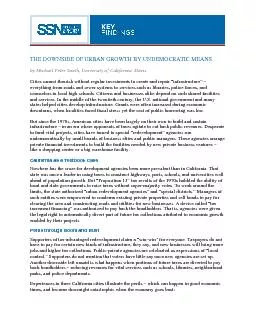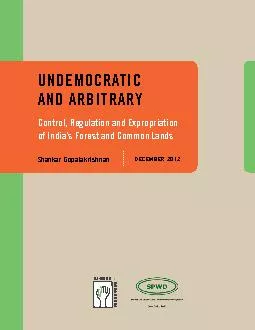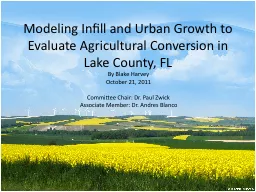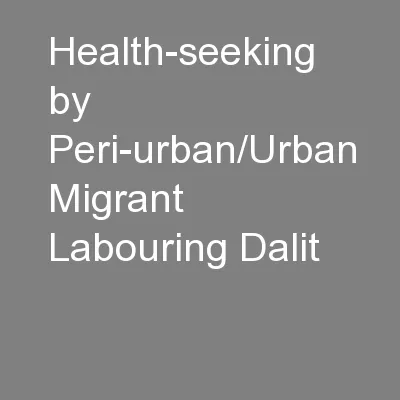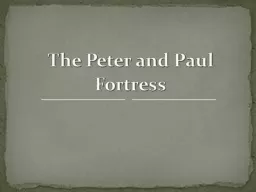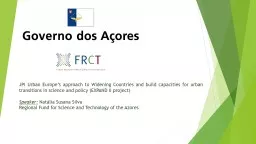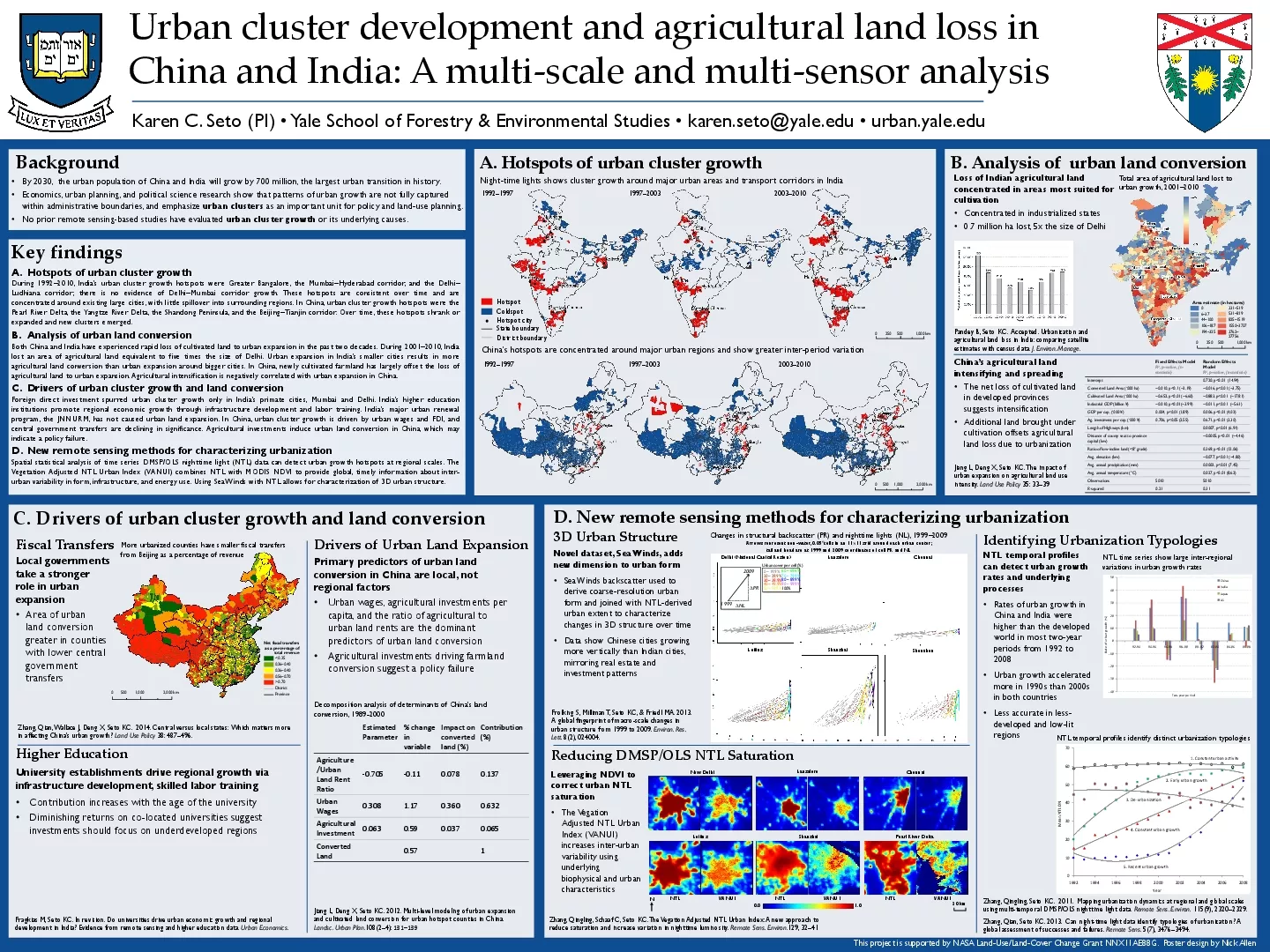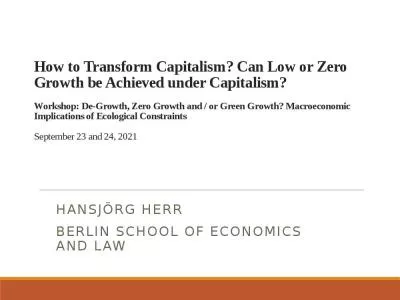PDF-THE DOWNSIDE OF URBAN GROWTH BY UNDEMOCRATIC MEANS by Michael Peter Sm
Author : luanne-stotts | Published Date : 2015-11-24
Emeryville is a small city nestled between Oakland and Berkeley Faced with the decline of manufacturing starting in the 1960s city leaders used redevelopment agencies
Presentation Embed Code
Download Presentation
Download Presentation The PPT/PDF document "THE DOWNSIDE OF URBAN GROWTH BY UNDEMOCR..." is the property of its rightful owner. Permission is granted to download and print the materials on this website for personal, non-commercial use only, and to display it on your personal computer provided you do not modify the materials and that you retain all copyright notices contained in the materials. By downloading content from our website, you accept the terms of this agreement.
THE DOWNSIDE OF URBAN GROWTH BY UNDEMOCRATIC MEANS by Michael Peter Sm: Transcript
Download Rules Of Document
"THE DOWNSIDE OF URBAN GROWTH BY UNDEMOCRATIC MEANS by Michael Peter Sm"The content belongs to its owner. You may download and print it for personal use, without modification, and keep all copyright notices. By downloading, you agree to these terms.
Related Documents

